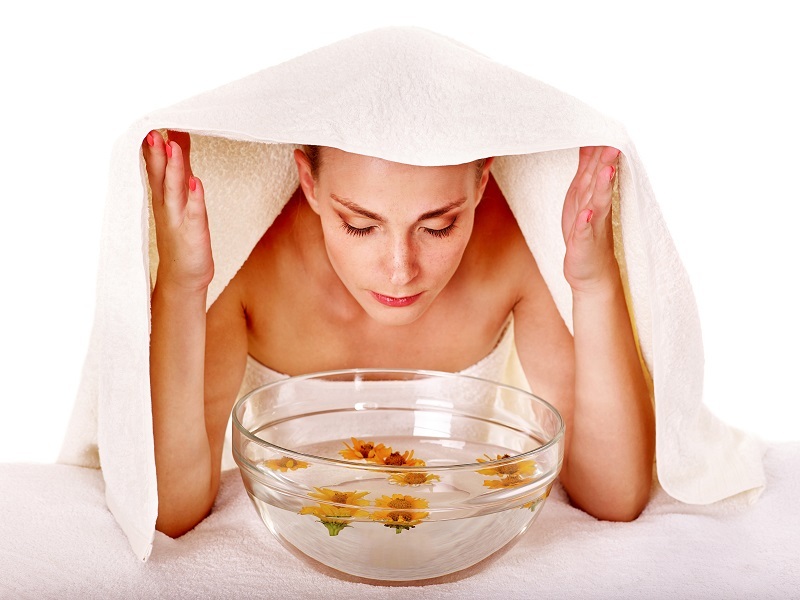Everchanging Hydrangea: Nature's Floral Shapeshifter
Posted on 26/05/2024
Hydrangeas are known for their striking beauty and versatility, making them a favorite among gardeners and florists alike. These flowering plants come in many different varieties and colors, but perhaps the most intriguing aspect of hydrangeas is their ability to change colors based on certain environmental conditions. This phenomenon has captivated the attention of nature enthusiasts and scientists alike, leading to the nickname "nature's floral shapeshifter." In this article, we will explore the everchanging hydrangea and its fascinating characteristics.
The Science Behind the Color Change
The color-changing ability of hydrangeas stems from its ability to absorb aluminum from the soil. The more acidic the soil is, the easier it is for the plant to absorb aluminum, resulting in blue or purple blooms. On the other hand, alkaline soil hinders aluminum absorption, resulting in pink or red flowers. It is important to note that not all hydrangea varieties possess this color-changing capability; only those with white or cream-colored blooms have this unique feature.
In addition to soil pH, temperature also plays a significant role in the color transformation of hydrangeas. Cooler temperatures can also turn flowers blue, while warmer temperatures tend to produce pink or red blooms. This explains why hydrangeas in warmer climates often maintain their pinkish hue throughout the blooming season.

The Different Varieties
There are several hydrangea varieties that exhibit color-changing traits. Some of the most popular ones include:
1. Hydrangea macrophylla: Also known as bigleaf hydrangea, this variety is perhaps the most well-known for its color-changing abilities. Its large leaves and bold flowers make it a staple in many gardens.
2. Hydrangea serrata: Similar to H. macrophylla, this variety also changes colors based on soil acidity. However, its flowers are smaller and more delicate than H. macrophylla.
3. Hydrangea quercifolia: Commonly known as oakleaf hydrangea, this variety is native to the southeastern United States. Its flowers change from white to pink or purple as they age.
4. Hydrangea paniculata: Unlike the other varieties, H. paniculata flowers change colors due to maturity rather than soil pH. They start off as cream-colored blooms and gradually turn shades of pink and red.
Tips for Growing Everchanging Hydrangeas
If you want to add these beautiful color-changing flowers to your garden, here are some tips to keep in mind:
1. Test your soil's pH: Before planting hydrangeas, it is important to test the soil's pH. You can do this with a simple at-home test kit or by sending a sample to a local lab. This will help you determine the best location for your plant and what amendments may be needed.
2. Adjust the soil's acidity: If you want blue or purple blooms, you can add aluminum sulfate to lower the soil's pH. For pink or red flowers, add lime to increase the pH.
3. Choose the right variety: As mentioned earlier, not all hydrangea varieties have color-changing capabilities. Make sure you choose one that fits your desired color and growing conditions.
4. Provide adequate water: Hydrangeas are thirsty plants and require regular watering, especially during hot weather. This will ensure healthy growth and vibrant blooms.
The Pros and Cons
Like any other plant, everchanging hydrangeas have their pros and cons.
Pros:
- Beautiful color-changing abilities make them a unique addition to any garden.
- Can tolerate different levels of sunlight, making them versatile for various garden locations.
- Comes in a wide range of sizes and colors, allowing for creative landscaping options.
- Attracts pollinators such as butterflies and bees.
- Low maintenance compared to other flowering plants.
Cons:
- Can be susceptible to diseases and pests, such as powdery mildew and spider mites.
- Need consistent watering, which can be challenging during droughts or water restrictions.
- Not all varieties have color-changing capabilities, limiting the selection for some gardeners.
- May require pruning to maintain size and shape, which can be time-consuming.

Key Takeaways
Everchanging hydrangeas are a fascinating addition to any garden. Their unique color-changing abilities and variety of sizes and colors make them a popular choice among gardeners. To successfully grow these plants, it is important to understand their soil and temperature requirements. With proper care, you can enjoy beautiful blooms that change with the seasons.
In Conclusion
The everchanging hydrangea truly lives up to its nickname as nature's floral shapeshifter. Its ability to transform colors based on environmental conditions makes it a truly remarkable plant. Whether you prefer blue or pink blooms, there is a variety of hydrangea that will suit your taste and growing conditions. So why not add this versatile and stunning flower to your garden? With proper care, you can enjoy the mesmerizing beauty of everchanging hydrangeas for many years to come.











